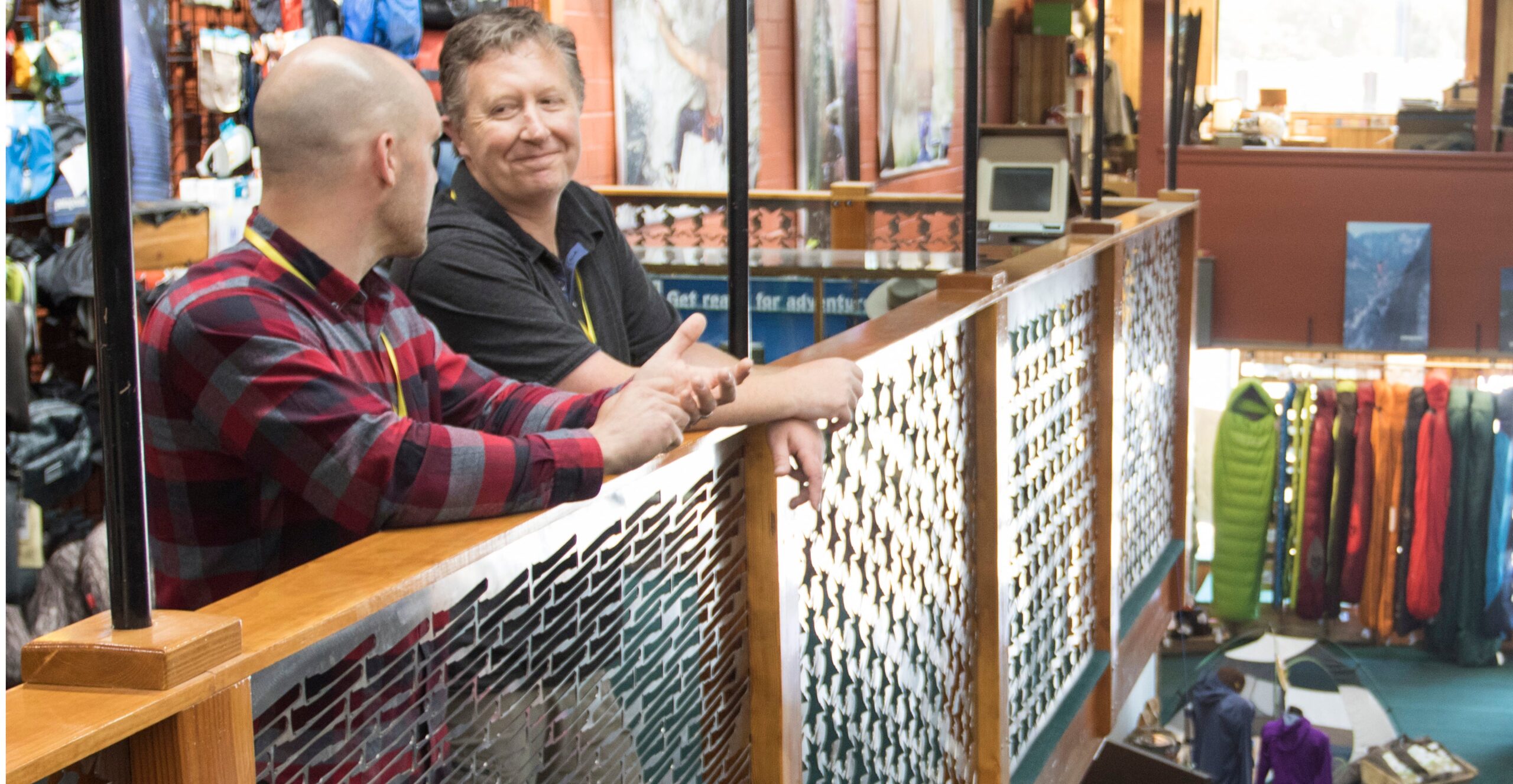One of the first things you’ll notice about Wes is that he’s a very affable guy. You can tell right away that’s he’s someone you can trust and I later came to realize how important this DNA is to the success of Sunlight. I had a lot of conversations with Wes, his wife Melissa, and their staff, and they graciously welcomed me behind the curtain to see some of the inner workings of the shop.
They toured me through their POS system, we compared GMROI across a number of items to show its relevance, talked about the hours a store loses to reconciling miss-ships from brands, the number of fixture programs that arrive unannounced and have no place and so do an about-face to the dumpster.
There’s a huge Sierra Trading Post in town, perhaps their closest competition, and we discussed how when brands start showing up there with any frequency it’s a sign they aren’t a healthy fit for Sunlight. We talked about how much the industry and the customer has changed even in just a few years, and how diligent and hard-working the industry has to be to stay ahead of it. We talked about a lot of challenges, but Wes and Melissa don’t whine. They’ve developed a point of view for their store and they stick with it. If an apparent obstacle can’t be turned into an opportunity, they find a way around it and press ahead.
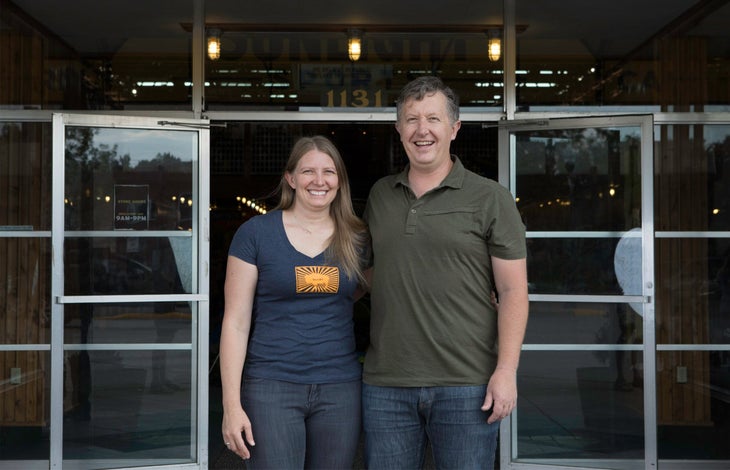
What never changes at Sunlight are the core values: be nice, greet everyone before they reach the stairs, sell people only what they need. There’s a lot more to these tenets than how simple they sound, but the bottom line is Sunlight is a pleasant and welcoming place. It’s based on a belief that humans are social beings who enjoy being part of a community and that we are wired to feel at home in the outdoors and have adventures. It sounds basic, but so often, retailers fail to consider the basic science of making people happy.
At Sunlight, there’s room for your eyes to adjust as you walk into the store before being slammed with product. The color temperature of the lights was specifically chosen to be close to daylight. There are pleasant odors of campfire, pine, soil, and vanilla gently piped in using Scentlinq technology.
People smile. You’re asked about where you’re coming from and where you’re headed on your adventure. No one pushes a sale. There are product choices, but not so many that it’s overwhelming. Wes’s degree is in biology, and he loves to read, so none of this is an accident. He has a scientific mind and consumes a lot of books on retail theory and consumer psychology.
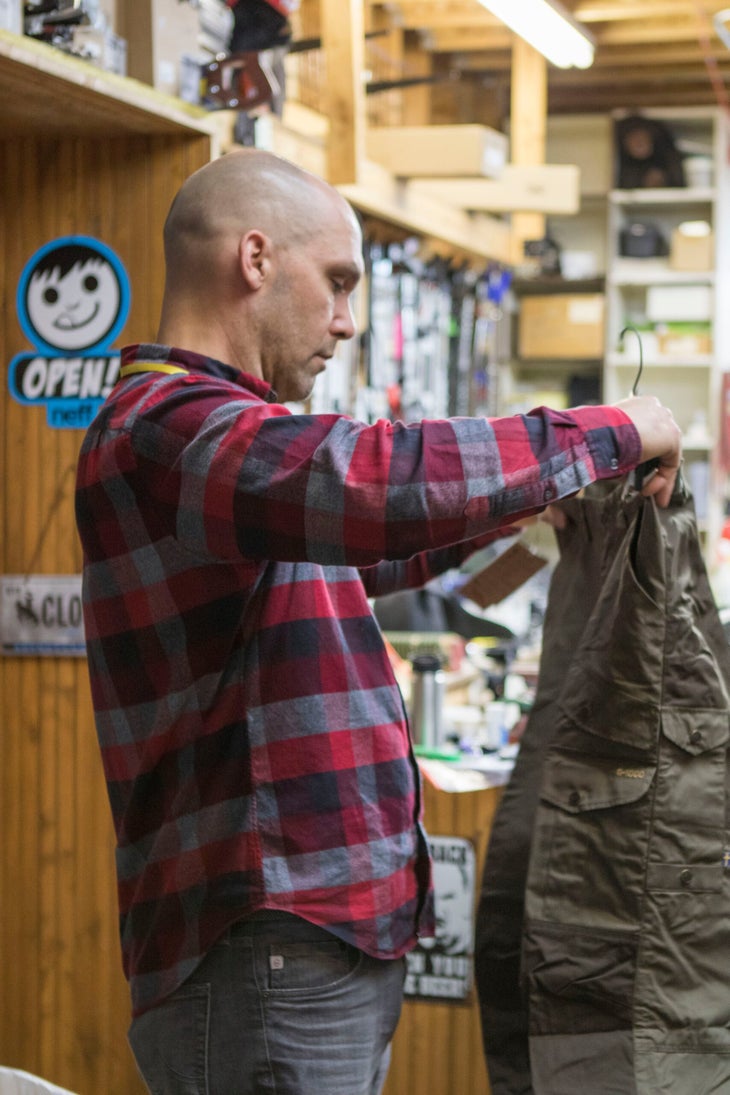
But this doesn’t mean everything is rosy. I had the not-so-lucky privilege of helping with the tagging. A mindless and inefficient process undertaken mainly in the back room of the store, a space still jammed with ski tuning machines and rentals.
It’s hard work running a shop! Even talking all day with friendly and familiar locals and wide-eyed tourists is exhausting, at least for an introvert like me. There’s no down-time, except a brief break for meals. There’s always something that needs doing.
And the hours are long. Staff frequently have the “clopen” shift, home at 10 or 11 P.M. (the store closes at 9 P.M., but this isn’t a shop that kicks people out) and back again at 8:30 A.M. to take out the trash and spruce up before the first people walk through the doors.
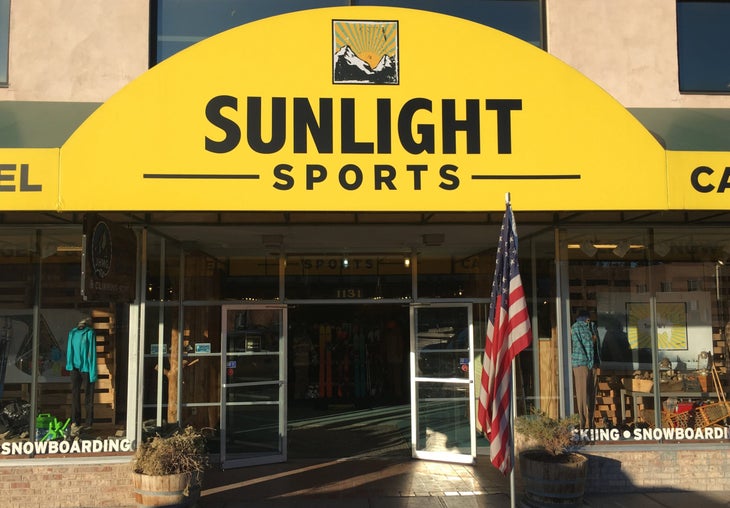
If you’re a guy like Wes, fully aware that the customer is evolving and the world is ever in flux, you fill most of the hours in between with reading industry publications and tracking the store’s social feeds. And if you’re lucky, maybe you get a couple hours of fly fishing in on the Shoshone River before work, because that’s important too—keeping the lifestyle and authenticity alive.
As soon as Wes and I started talking about best practices, it was clear we had both had these conversations many times before within our own circles. The key points came easily.
What was interesting was meshing our two perspectives together and reconciling the differences. Living in Wes’s world for a few days gave me a real appreciation for his point of view and the challenges of being a successful brick and mortar small specialty retailer. Here is what emerged from our conversations.
Ten Rules for Success for Small Specialty Retailers
1. Be inclusive and inviting to all.
Today the silos between backpacking, biking, paddling, hunting, and fishing and so on are imposed mostly by our industry. Most young outdoor participants dabble in a range of activities. And they come in all colors, shapes, sizes, incomes, and backgrounds. The days of being able to run a healthy small specialty shop around being a cult for elite climbers, for example, are gone. Give a friendly hello to everyone that walks through the door because today it’s incredibly convenient for them to not bother coming back.
2. Have a point of view.
Customers today are looking for a message they can identify with and get behind. If your store is crowded with too many conflicting signals, it just comes across as off-putting visual noise. Wes selects his POP very discriminately with what jives in the store. Much of what he puts on display is created by his own team. The graphic look and the storytelling throughout the store is harmonious and the message, or point of view, is crystal clear and consistent at every touch point: We’re here to help you get outside and have a great experience.
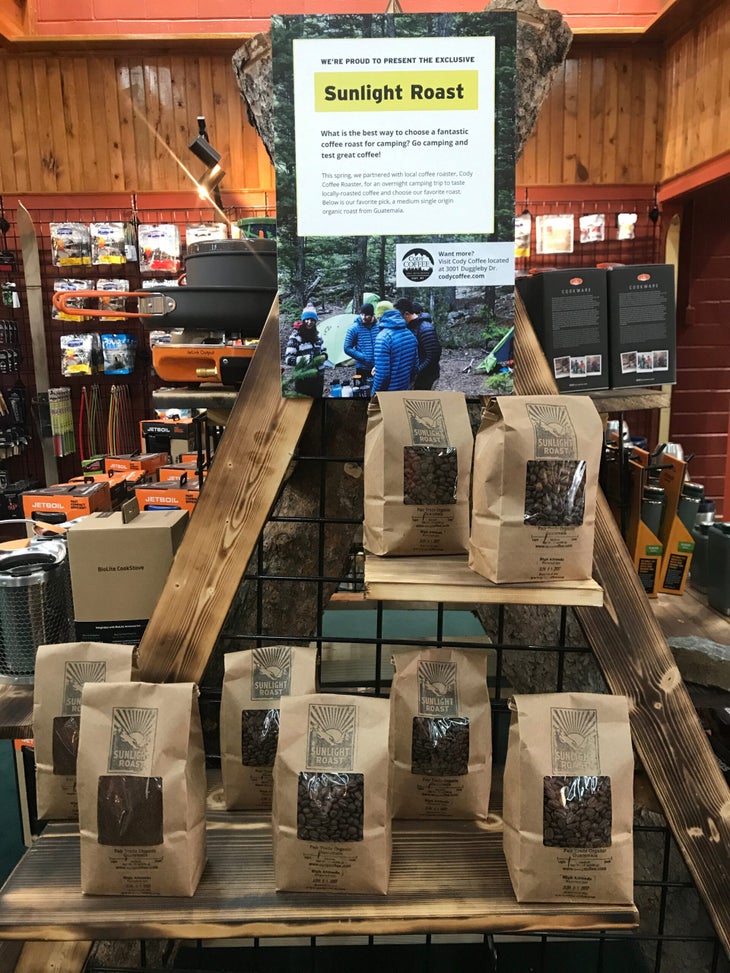
3. Make yourself a fixture of the community.
Wes and his wife Melissa have long-standing family ties in the Cody community, so it comes naturally to them to understand and embrace the local culture and know the first names of so many of Cody’s residents. But they also make it their job. They donate 2 percent of sales to local non-profits, participate in many community events, and engage in a lot of outreach. Cody is a small town, but everyone knows about Sunlight, and I doubt if many have a bad thing to say. And this matters not only for building a loyal base of local customers, but also for surviving the unexpected.
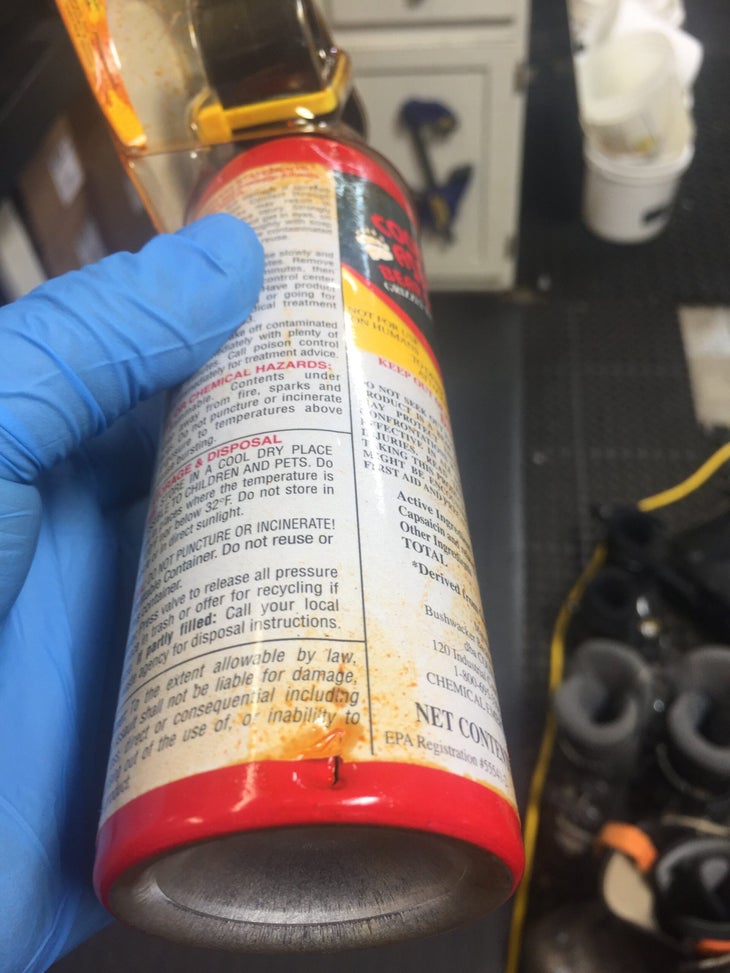
Last year, a bottle of bear spray exploded in the store, contaminating most of the inventory and leading to tens-of-thousands of dollars of cleanup. It was the kind of blow that ends most businesses the size of Sunlight. But Wes and Melissa have accumulated a lot of good will over the years and the community rallied behind them. When they reopened after months of cleanup and lost sales, they turned in some of their strongest weeks of sales in their history, locals turning out just to spend money and get them back on their feet.
4. Support new product innovation.
Innovative product is what makes specialty specialty. It’s the foundation of specialty outdoor. Seek it out. Learn it and share the story of it with your customers. Give it a chance—even the greatest ideas and most successful products of all times are never overnight successes. The bicycle, electricity, toilet paper, the cell phone (best or worst idea ever?) took years to catch on. But without unique and interesting product that continually excites the consumer and elevates the experience of being outdoors, you’ve got nothing to sell that Walmart or the internet doesn’t carry and offer cheaper and easier than you can.
5. Scrutinize your operations.
Every effort in the store is time on the clock. And most of the activities in the store are cyclic, so wasted time compounds exponentially over the course of a day, a week and a year. Take tagging for example. If your staff takes an extra minute per item because of inefficiencies like walking back and forth between receiving and admin to cross-reference packing slips or print labels or find a box cutter or wrangle poly bags or whatever else it might be, and you receive say 100,000 items in a year, that’s 1,667 hours on the clock or $16,667 at $10/hr.
6. Sell people what they need.
Study hard to make sure you have the assortment that makes sense for your area. Wes’s rule is sell the customer only what they need. This point really has two sides to it: first, make sure you have the right product to bring customers in and close a sale, but also make sure they walk out of the store and into the backcountry with product they feel good about having bought and delivers on its promise. Otherwise they won’t come back.
7. Your GMROI (or whatever margin metric you prefer) doesn’t lie.
Margin is a measure of how good a job you’ve done choosing the right products for your customers and taking them through the purchasing process. If your margin is low because you have to constantly discount to move inventory, something is fundamentally wrong with how you’re captaining the ship. And no amount of sales volume will keep that ship afloat for the long term. Cash flow will be a constant burden. Morale will be low. Your customers will shop you only for discounts. The whole thing will become a downward spiral into insolvency like we’ve seen played out countless times across retailers of all sizes in these recent years. If you can’t sell full price, your model is broken and needs to be reinvented. Of course, our whole industry and arguably much of the consumer marketplace is suffering the ruinous addiction to off-pricing, but you can and must rise above it if you plan to be in your business for the long term.
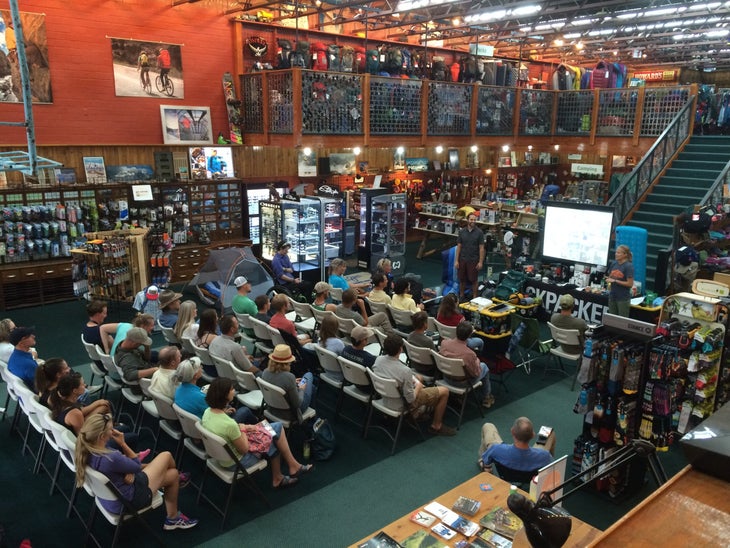
8. Embrace the complexity.
The world is more complicated and competitive than ever before. There are no simple and easy wins. You have to do a lot of things right. It requires constant learning and endless work. There’s no way around it. Running a successful business is getting tougher and more complicated. It is what it is. Embrace it.
9. Be flexible in your thinking.
We all have to keep up with the times. The formula that made some of us successes in the nineties may not be working anymore. If you feel like it’s too late in your career to reinvent the way you run your store, elevate a millennial! Find the most talented of your staff to give a bigger voice. One way or another, make sure you have a millennial at the table, because they represent the next wave of customers. Wes and Melissa have a number of young people in key roles and it pays off. Baby boomers built this industry, but they are a declining segment of its customers. The X, Y and Z generations are the future.
10. Are you in it for the long term?
Then look for brands that are in it for the long term, too. Public companies and private equity controlled brands may only have a two- or three-year horizon and the shortcuts they’re willing to take and their willingness to cash in on brand equity and wring their brand names dry can drag your store brand down with them. Even when the short-term dollars are good, you have to be willing to divorce yourself from these destructive relationships.
The Retail Immersion Project is an ongoing OBJ initiative that bridges the gap between outdoor brands and specialty retail by imbedding C-level executives onto the sales floor. By sharing these stories, our goal is to create dialogue that raises important issues and ultimately to work toward solutions that create a healthier outdoor industry.

